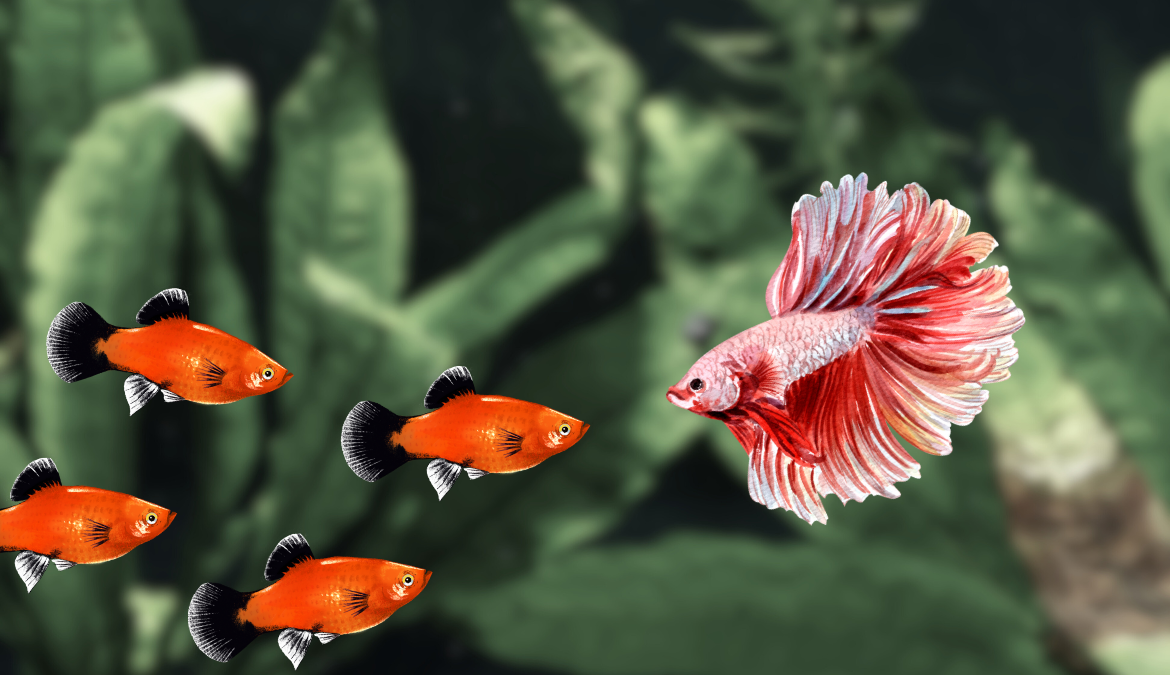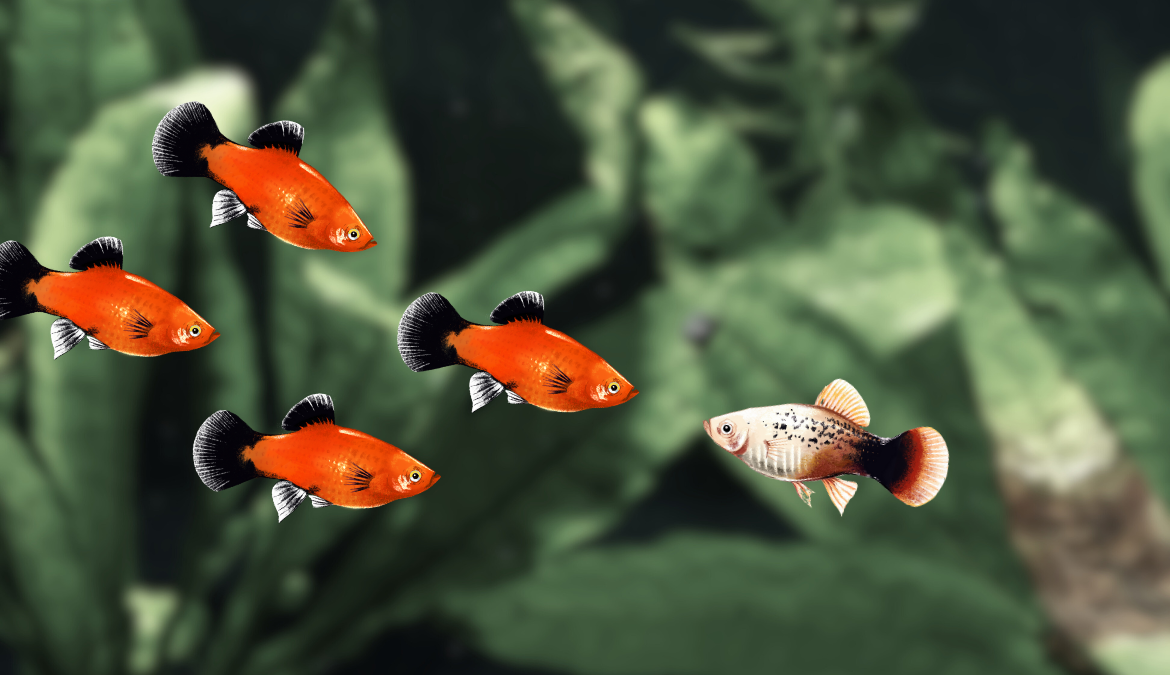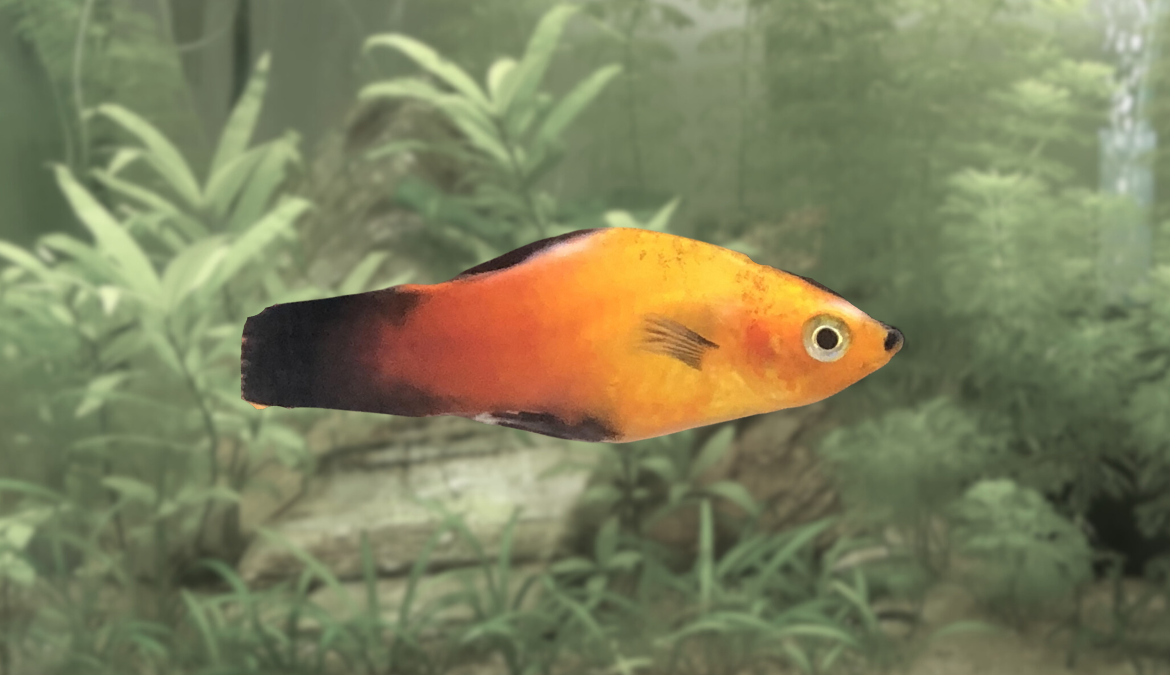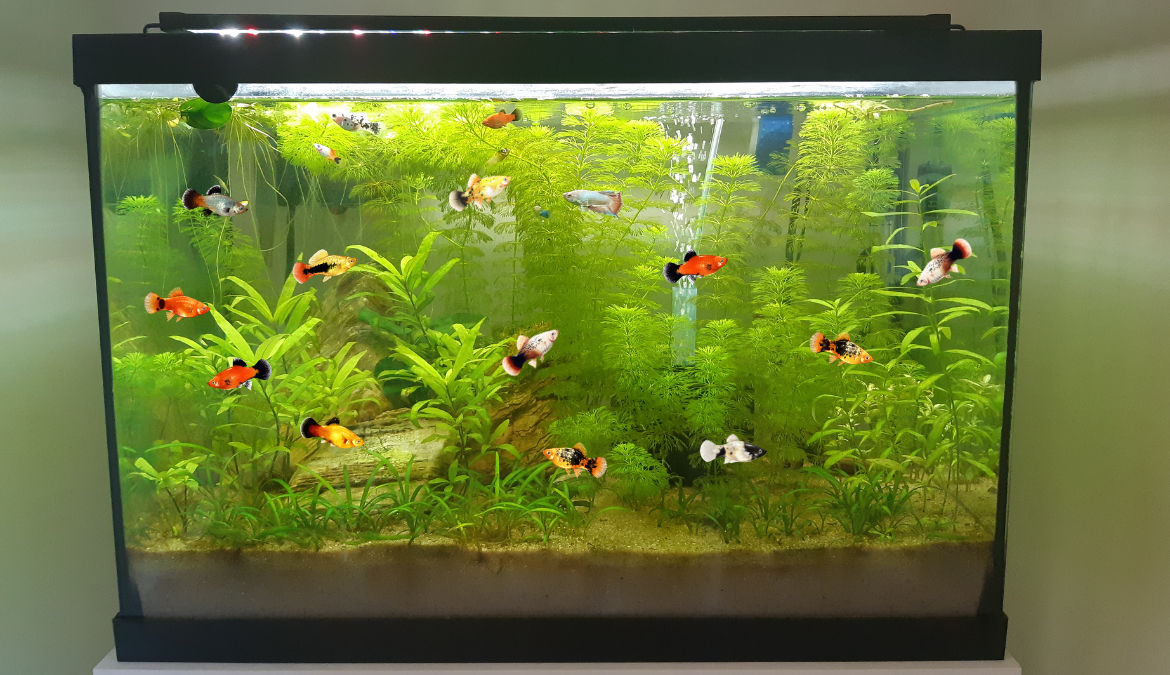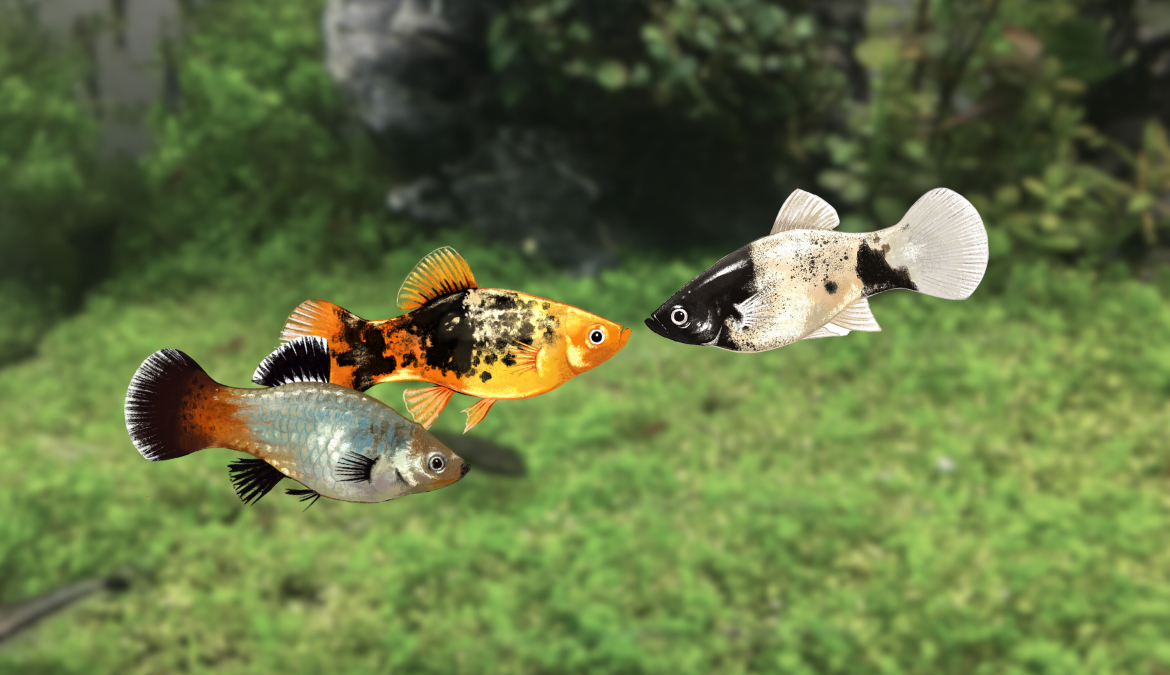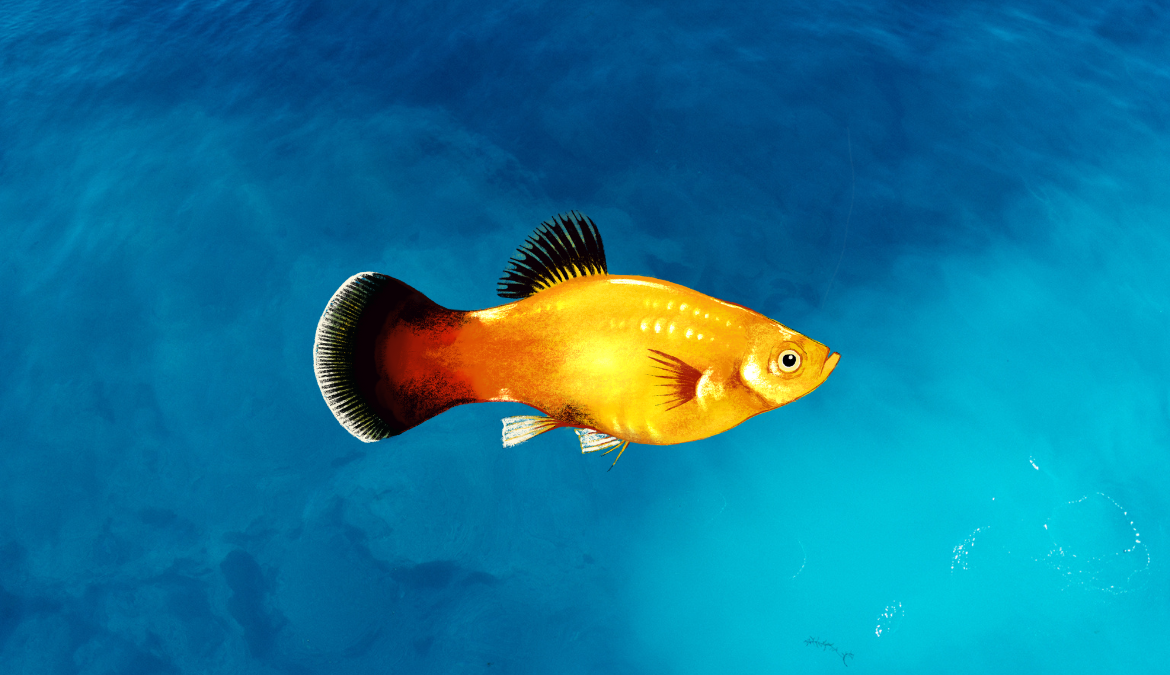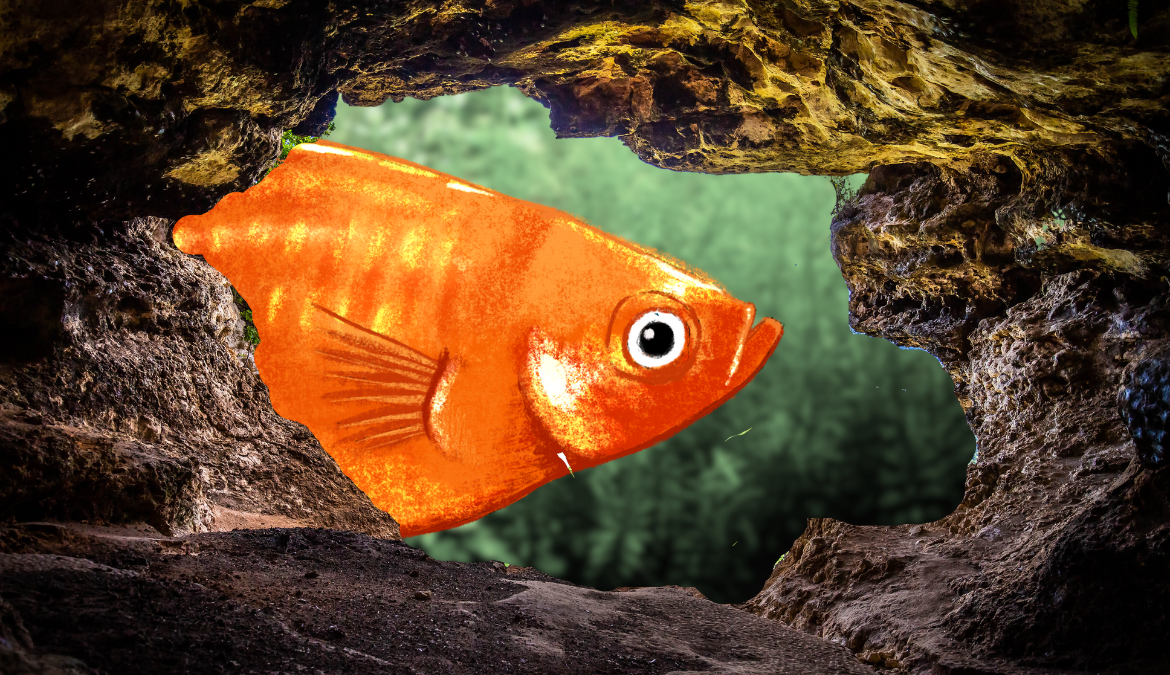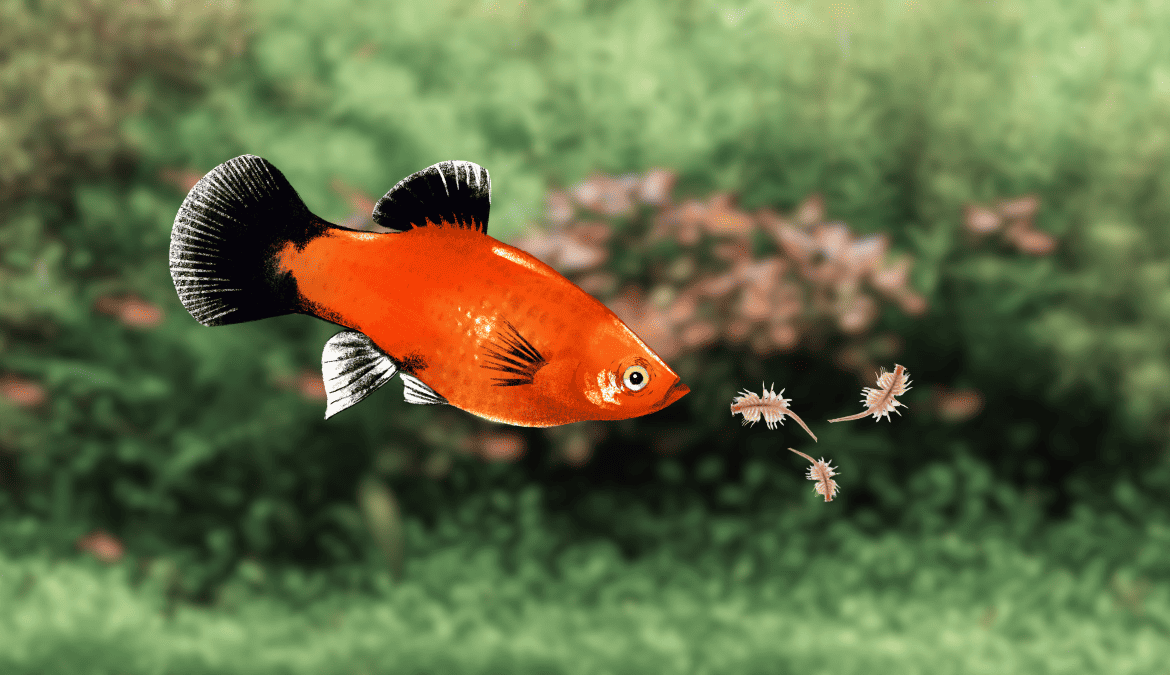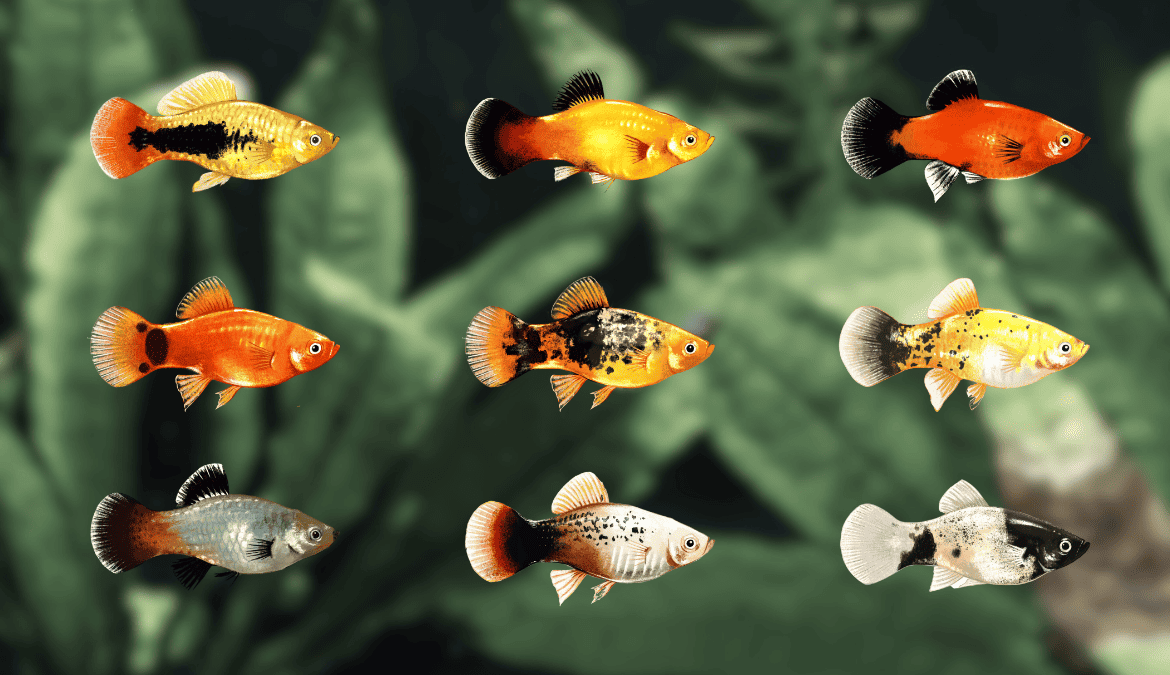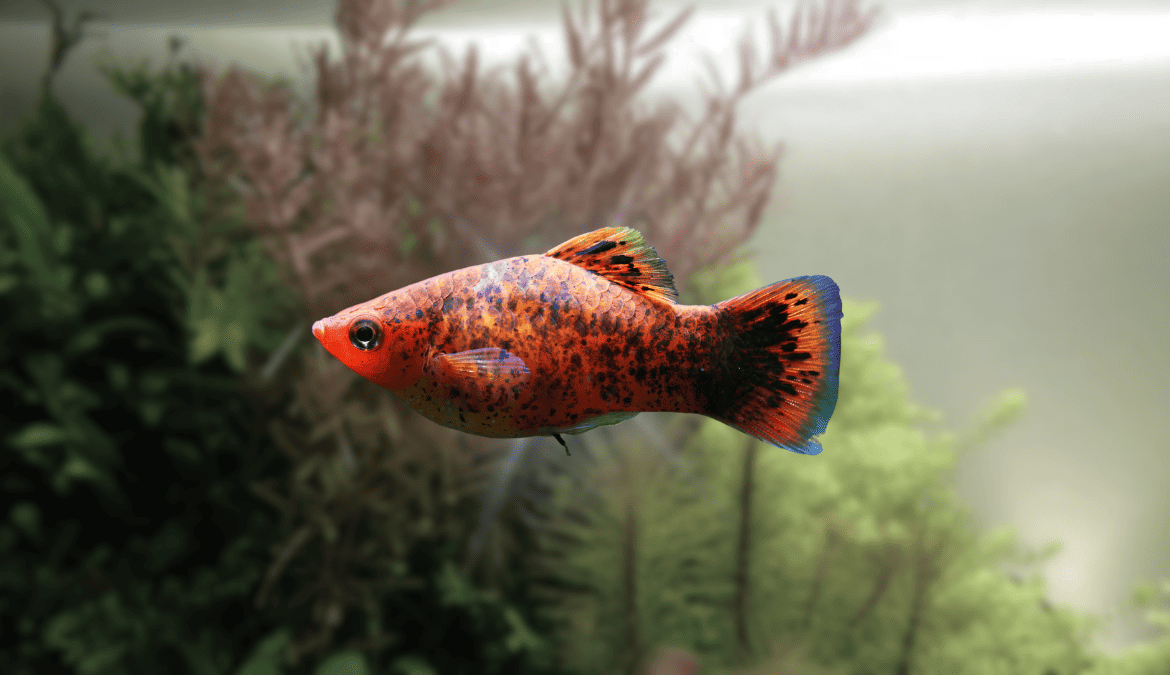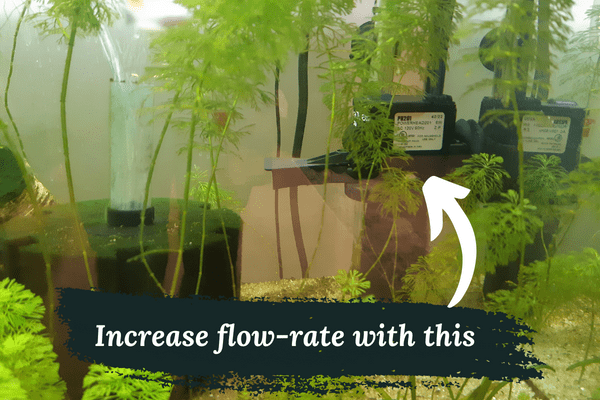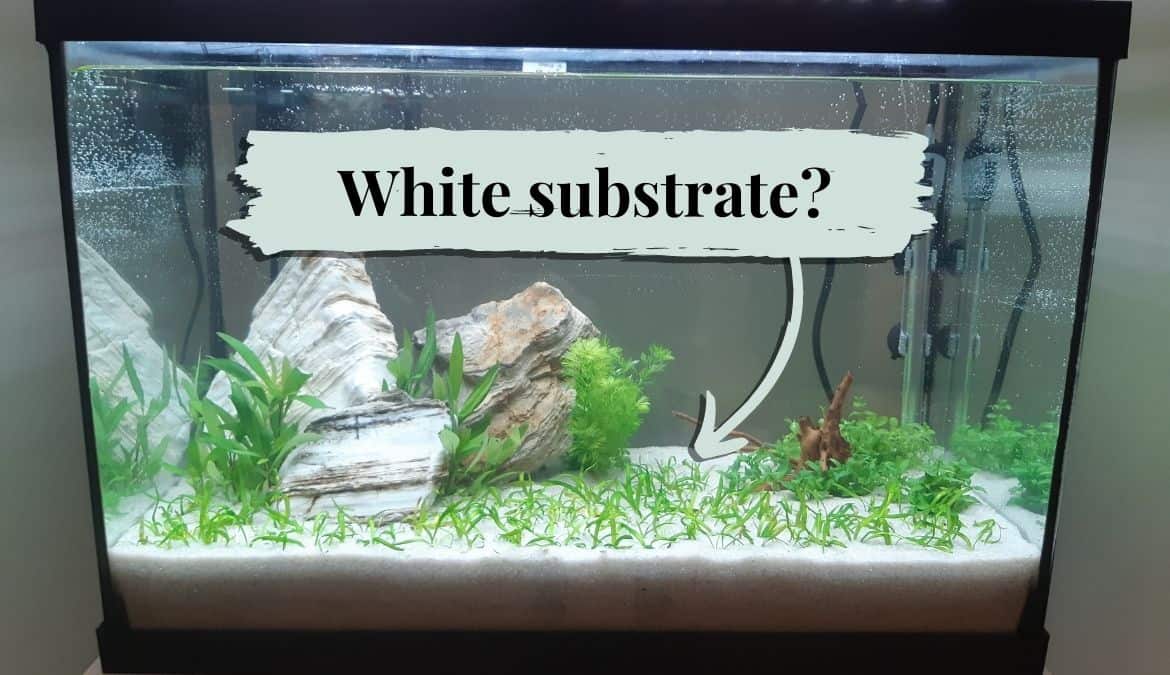Fish size, temperament, and water parameters determine which fish species you should keep with your platies. Guppies, mollies and more.
Blog
All Posts
Learn about buying healthy fish, optimal water parameters, acclimatization, observing behavior, and dynamics between their tank mates.
Clamped fins, flashing, gasping for air, loss of appetite, and aggressive behavior are signs of stress that lead to disease in platy fish.
Single-gender tanks, surrendering fish to local stores, or adding natural predators are options for controlling overpopulated platy tanks.
The appropriate number of platies creates healthy social behavior, enrichment and reduced stress. Understanding social dynamics can help.
70°F to 78°F temperature, 7.0-8.0 pH, 10-25 dGH, and zero ammonia and nitrite are important for keeping happy and healthy platy fish.
Caves, driftwood and plants can be used to create hiding spots for platies to hide from aggressive tank mates, spawn, and minimize stress.
Daphnia, brine shrimp, bloodworms, and microworms are nutritious live food choices that will add protein and enrichment to a platy’s diet.
Wagtail, Tuxedo, Panda, Comet, Sunburst and Mickey Mouse are some of the most popular platycolor varieties. Here’s what they look like.
10-gallon tanks, live plants, adequate filtration and moderate lighting are ideal for keeping healthy platies. But there are more factors.
Water flow is crucial for successful low-tech plant growth because it increases their uptake of nutrients. For fish, water flow affects their stress levels and overall health, as they are adapted to swimming in currents. A lack of flow can cause stress, while too much flow can also be stressful and lead to exhaustion.
CaribSea Super Naturals, Stoney River White Aquatic Sand, crushed coral and pool filter sand are the best white substrates for planted tanks.

